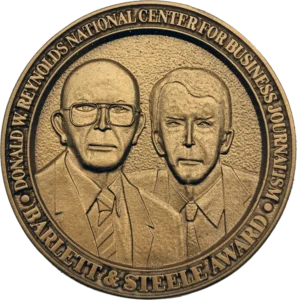The big business news of the day (so far, at least) is Microsoft’s near-$70 billion acquisition of video-game maker Activision. As Andrew Ross Sorkin and Michael J. de la Merced of the New York times put it, “it is the largest takeover in Microsoft’s 46-year history and a big bet on its future direction.”
While this jumbo transaction is clearly a purchase of one company by another in an all-cash deal, many corporate mergers & acquisitions (M&A) are a lot less straightforward. Today’s two-minute tip will explore two aspects of M&A coverage that are often misunderstood.
‘Mergers’ and acquisitions
First of all, there’s rarely any “M” in corporate M&A: when two companies join up, it’s almost always an acquisition, despite what the companies might say in the press release to soothe the ego of the CEO who’s about to lose their job.
How can you tell who’s buying whom? First, check who will retain control of the merged entity: which of the CEOs will be in charge, and which company’s organization will dominate? Which company’s name will remain? Will one CEO get a payout and a “show title” like chairman to, in effect, get out of the way? Does the value of the deal put a premium on one company’s shares? If so, that’s the one being acquired.
Valuation
All-cash deals like Microsoft’s acquisition of Activision are easy to value: just multiply the per-share offer price by the number of shares outstanding in the target company.
Microsoft is offering $95 per Activision share, which results in a total value of $68.7 billion after accounting for the net cash on hand at Activision. That number is 45% above Activision’s value just a day ago, which might seem like a huge premium to have to pay, but Microsoft needs to convince Activision’s shareholders to agree to the deal. The dollar amount of an acquisition can also be expressed as “enterprise value,” which adds net debt held by the target company to the total.
Sometimes, companies use their own shares to purchase another company, or a combination of cash and shares. To calculate the value of a share offer, or the share portion of a cash-and-shares acquisition, multiply the share exchange ratio of the offer by the buyer’s current share price. For example, if Company A offers 0.64 of its shares for each Company B share, valued at $2.00, that would amount to $1.28/share (0.64 x $2.00). Multiply the amount of shares by the number of outstanding shares (lets say 1 billion) and you get the total value of the offer: $1.28 x 1.0B = $1.28B.







